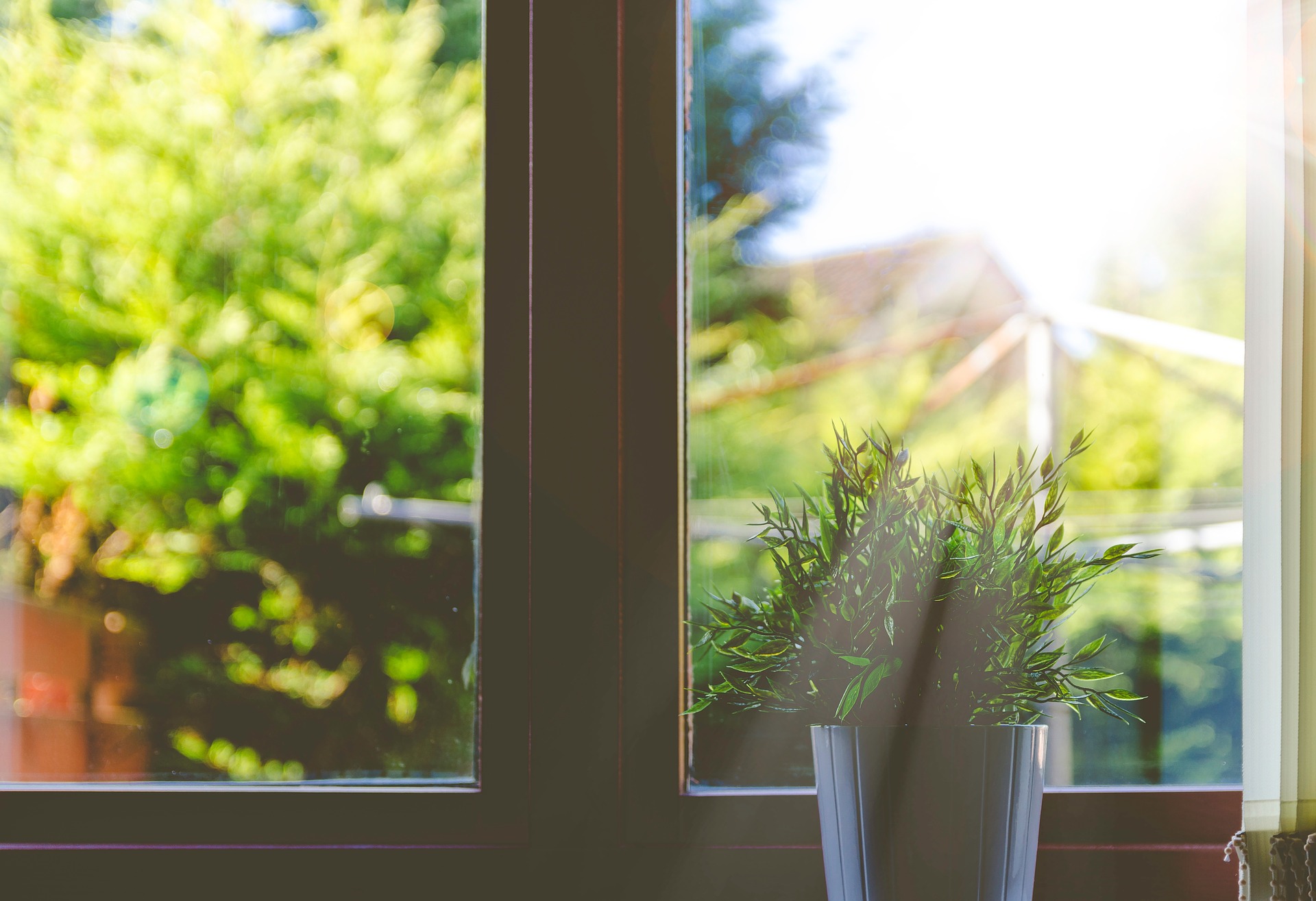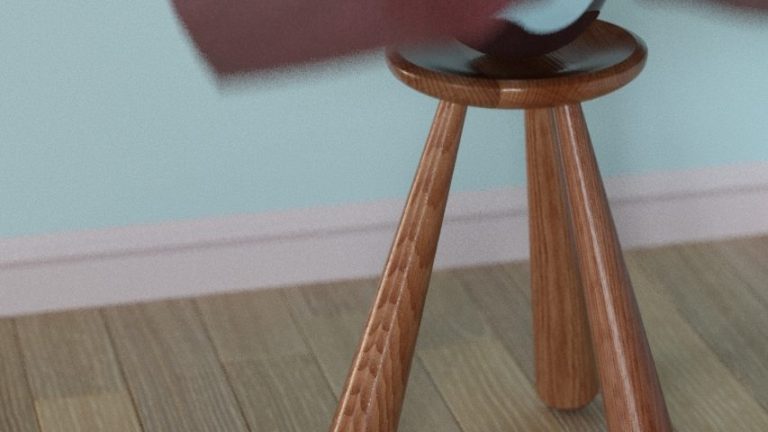Why is my Window Leaking? (Updated for 2024)
Recently I noticed water seeping through my window sill. This was very worrying! After a bit of research I found some common reasons as to why this might happen. Why is my window leaking?
Window leaks can be caused from poorly installed windows, or parts that were faulty when installed or have worn down over time. A leaking window can lead to mold, rotting, or possibly even structural issues.
A Broken Window Seal
The most common cause of a window actually leaking is a broken window seal – also called a glass seal. If you look at your window you will see actual sealant between your window pane and the frame of your window. If this sealant dries out and cracks, or loses its connection to the window, it can let water seep in and make its way around the window, into the interior of the house.
A related issue is the sealant applied when the window is installed. When a window is installed sealant is applied around the entire window, typically at the connection between the window and the wall, the trim and the window, and the trim and the wall. Ideally, with all these spots covered, water has nowhere to penetrate inside of the wall. Unfortunately, this is not always the case. On older windows, the sealant can grow old, dry out, and start cracking. If you see brittle sealant that is cracking, it is no longer doing its job. Another issue could be that when the sealant was installed, the contractor – or whoever was sealing the windows – missed a spot. This is a more common issue than contractors would like to admit. If you have a relatively new house with leaky windows, there is a good chance this is the problem. In this case, finding where the sealant is missing and adding more sealant here is the simple solution.
A third possibility also relates to the contractor. This is if the wrong sealant was used. In a humid room, use a caulk that is both water resistant and mold resistant. On the exterior, make sure you find an exterior grade caulk, and – big surprise – use an interior grade caulk for the inside of your windows.
The solution for any sealant issue is to take out the old sealant and replace it. This is much easier with the field-applied sealant than the window seal. Simply take a knife and very carefully, using the knife only when needed, peel the old sealant away. Once all the sealant is removed, I recommend wiping the exposed surfaces down, drying them off so you have a clean slate, then simply re-sealing the window with new sealant. You can watch how to do that here.
Water Inside the Window
Water can often work its way in between panes of glass. You’ll notice this by actually seeing moisture, or drops of water, inside the actual window. This is usually caused by the actual seal that separates the panes of glass deteriorating and failing. The water in the window is actually not a big deal – it doesn’t harm the window and is probably not getting into your house (unless the seal at the bottom of the window is broken as well). What seeing water here does mean is that the air barrier that having a double pane window creates has failed. The insulative benefit of a double pane window over single pane is no longer in effect. It isn’t always immediately pressing to replace these windows, as typically in this situation water isn’t infiltrating into the house. But to achieve the same thermal properties that you were enjoying before, the window will have to be replaced.
Condensation
Often the problem of a ‘leaky’ window is actually not that the window is leaking! Sometimes, it just looks like the window is leaking, when the real culprit is condensation. Condensation occurs when warm air hits a cold surface. We see this when a drink has ice and the glass is wet on the outside. What we are seeing is the phenomena of condensation.
Windows are usually the coldest surface in a house – especially in the winter – just put your hand up against a window in December to see what I mean. The warm inside air will condense into liquid water as it hits this cold surface. Often this water, if there’s enough of it, will run in streaks down the window and pool on the window sill, or even drip onto the floor. Condensation on a window looks very convincingly like the window is leaking. So how can you tell if what you are looking at is condensation, or a leaky window?
The most obvious way to tell is to check the window when it is not raining. If you’re still seeing water on the inside of the window several days after the last rain, it is almost certainly the result of condensation. So what do we do about condensation?
Condensation is usually an indicator of two things. First, that your window is too cold. This is often why you see air vents directed at windows, to keep them warm and stop the condensation in its tracks. You can read more about that here. The second indicator is that there is most likely too much humidity in the air in your house. That condensation has got to come from somewhere. The easiest way to solve this is by running a dehumidifier.
Last Thoughts
Leaking windows can cause many issues, and be caused by many issues. The most common cause is broken sealant, either at the window pane or at the frame of the window. Often, we can be confused by thinking a window is leaking when the water we are noticing is actually a result of condensation. If you ever find a window that is actually leaking, we recommend consulting with a local building contractor and consider replacing the window.
For more information on this topic, check out these websites (not affiliate links):
An excellent article by Weather Shield
Most common reasons for leaking windows (by Build)
How to seal windows and doors – A Youtube video
A fantastic how-to guide about caulking windows by Bob Vila
Subscribe to our newsletter for short and helpful industry tips!








